The DIYnamics team is composed of students, professors, and scientists, originally all at UCLA but now with the core team spanning numerous institutions across America and with users spanning across the world!
Co-directors
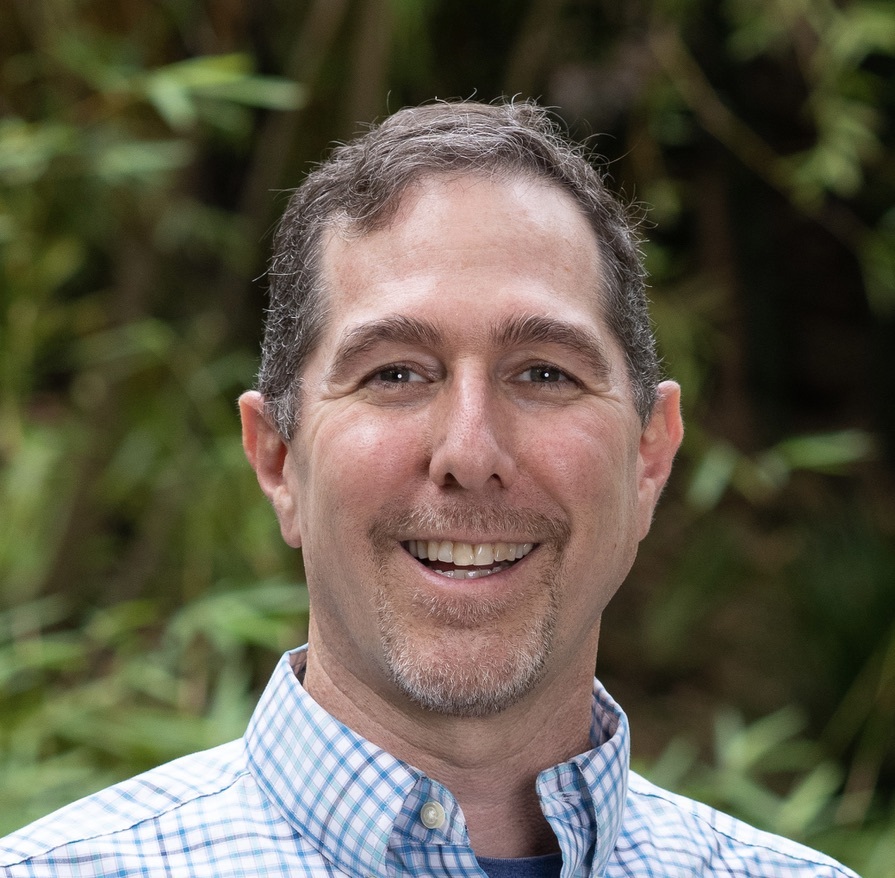
Jonathan Aurnou (Professor, UCLA Dept. of Earth, Planetary, and
Space Sciences)
Along with Juan Lora and Spencer Hill, Jon co-founded
DIYnamics and is currently a co-director. He considers few things as
satisfying as developing inexpensive, portable rotating tables for
teaching core geoscience topics. Thus, he is so pleased to be a part
of the DIYnamics project. Link to Jon’s webpage
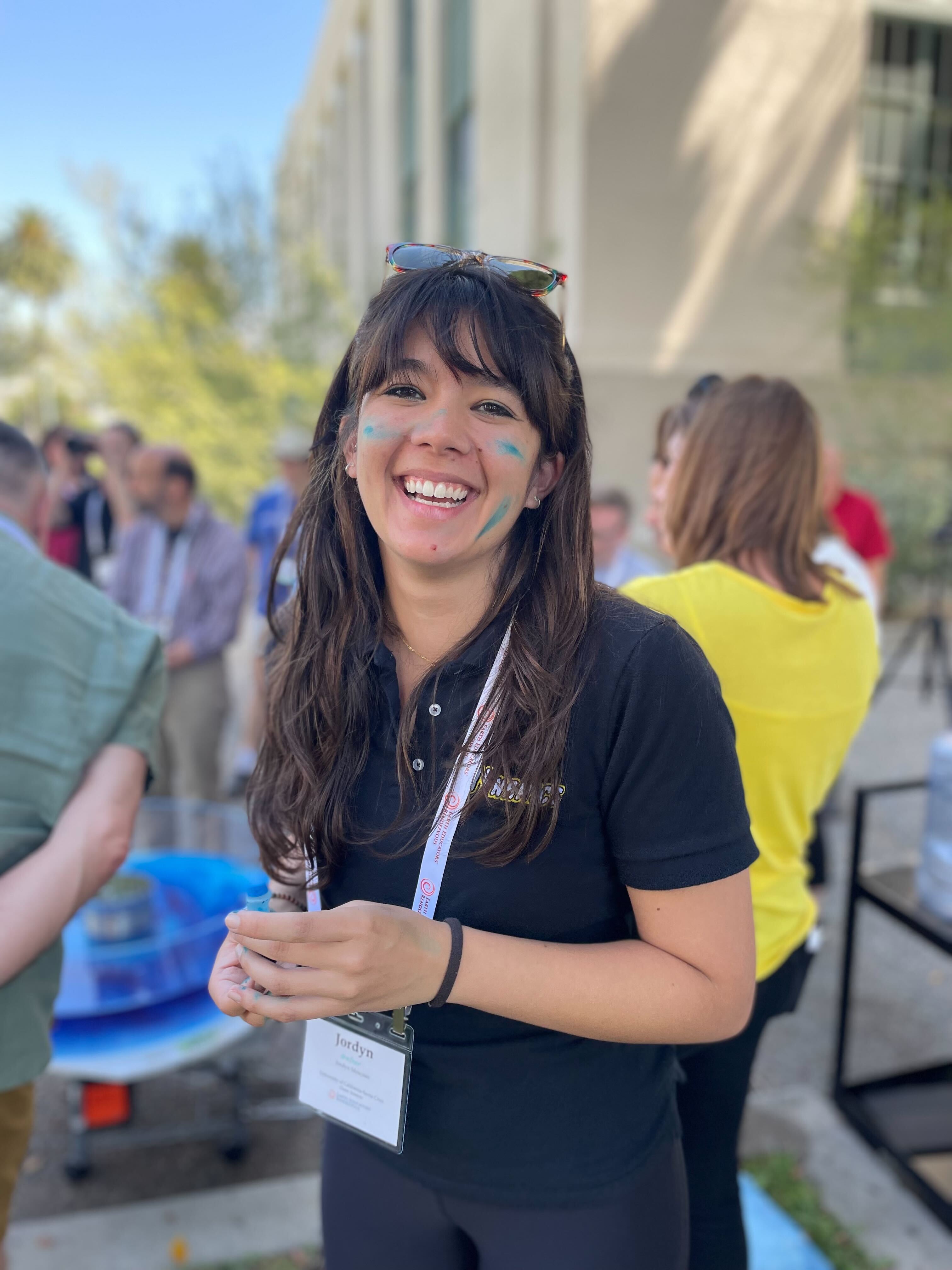
Jordyn Moscoso (NSF Postdoctoral Research Fellow, UC Santa Cruz,
Department of Ocean Sciences)
Jordyn Moscoso began her time with
DIYnamics focused on incorporating hands-on demonstrations into
undergraduate and graduate curriculum at UCLA. While much of her
initial efforts were working directly with rotating tank
demonstrations, she recently expanded beyond individual demos to
incorporate active learning techniques across broader student-led
learning. Her primary goal with DIYnamics is to make essential
concepts in earth and climate science tangible through
discovery-focused activities. Currently, Jordyn is an NSF Postdoctoral
Research Scholar at UC Santa Cruz. Her research focuses on the impact
of wildfires on phytoplankton blooms in the California Current System.
Link to Jordyn’s Teaching Videos
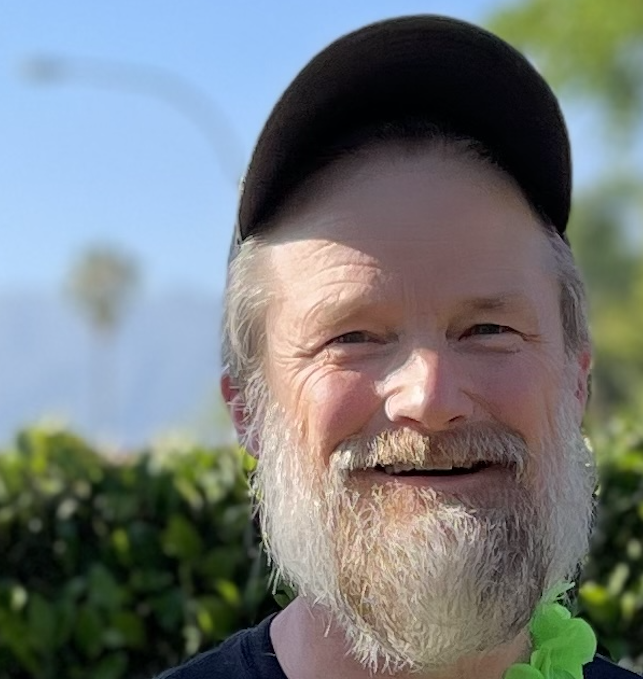
Bill Church (White Mountain Science Institute) Bill Church works at the intersection of creativity, education, and the STEAM fields (Science,Technology,Engineering,Arts,and Math). He is a lifelong maker and former public school physics teacher with academic training in science, engineering, and education. Bill has used computer science, engineering design challenges, inquiry, and technology toolsets in education settings for over twenty five years. Bill has presented his work on project based learning at many national and international conferences and co-authored a book of classroom activities entitled, Physics with Robotics. In 2013, Bill founded White Mountain Science, a non-profit STEM outreach and curriculum development organization in Northern New Hampshire. Currently, Bill is starting a new venture focused on connecting the public with research in Climate STEM topics. Bill and the WMSI team are regular collaborators with STEM education innovators near and far.
Team members (in alphabetical order)
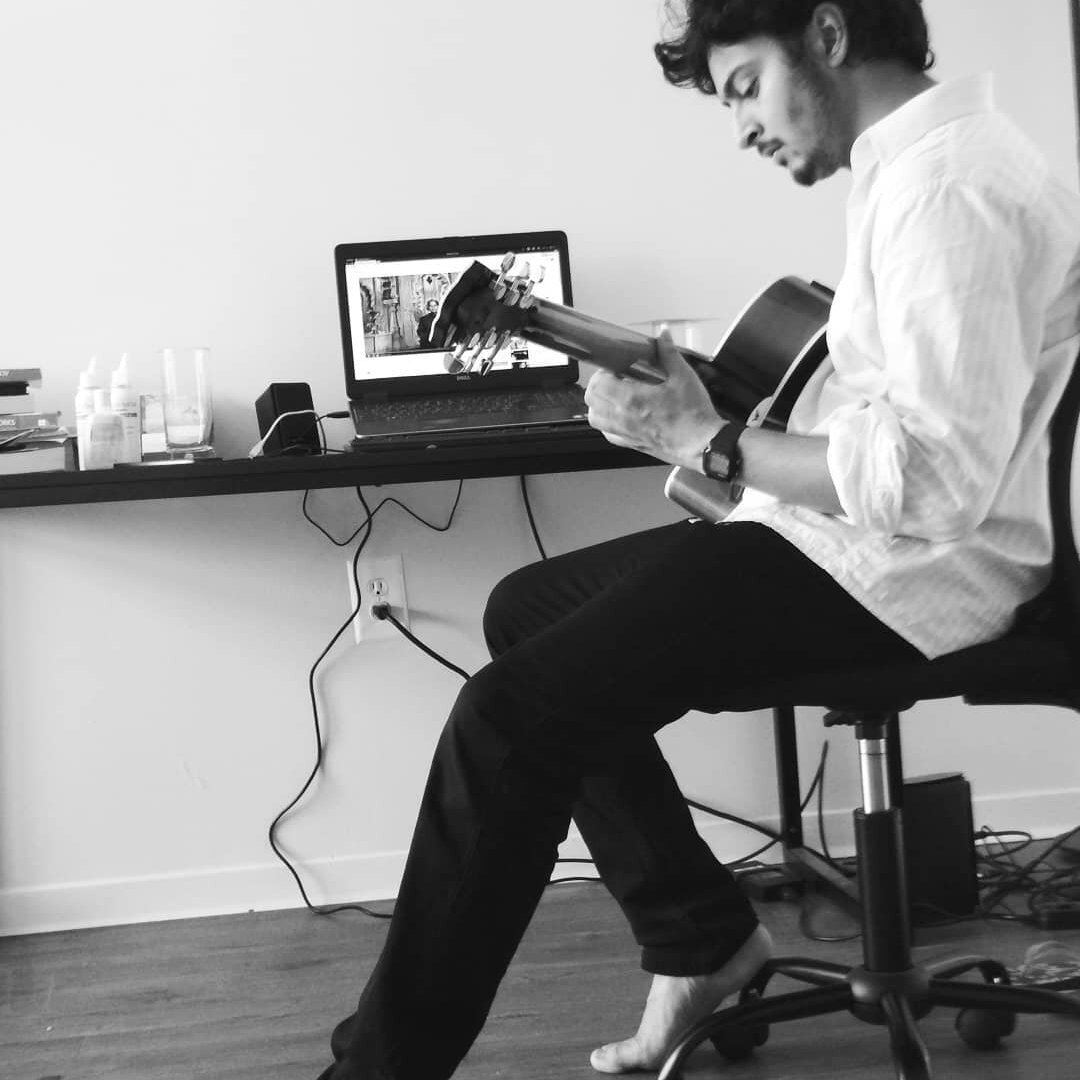
Ankit Barik (Postdoc, Johns Hopkins University)
Ankit is a postdoc at Johns Hopkins University and works on simulations of planetary interiors and magnetic fields. He got interested in DIYnamics because of a live demo of the Lego kit by Jon Aurnou and Noris Khoo at the AGU Fall Meeting in 2018. He loved the fact that even a theoretician like himself could now perform small scale fluid dynamics experiments at home without the need for expensive equipment.
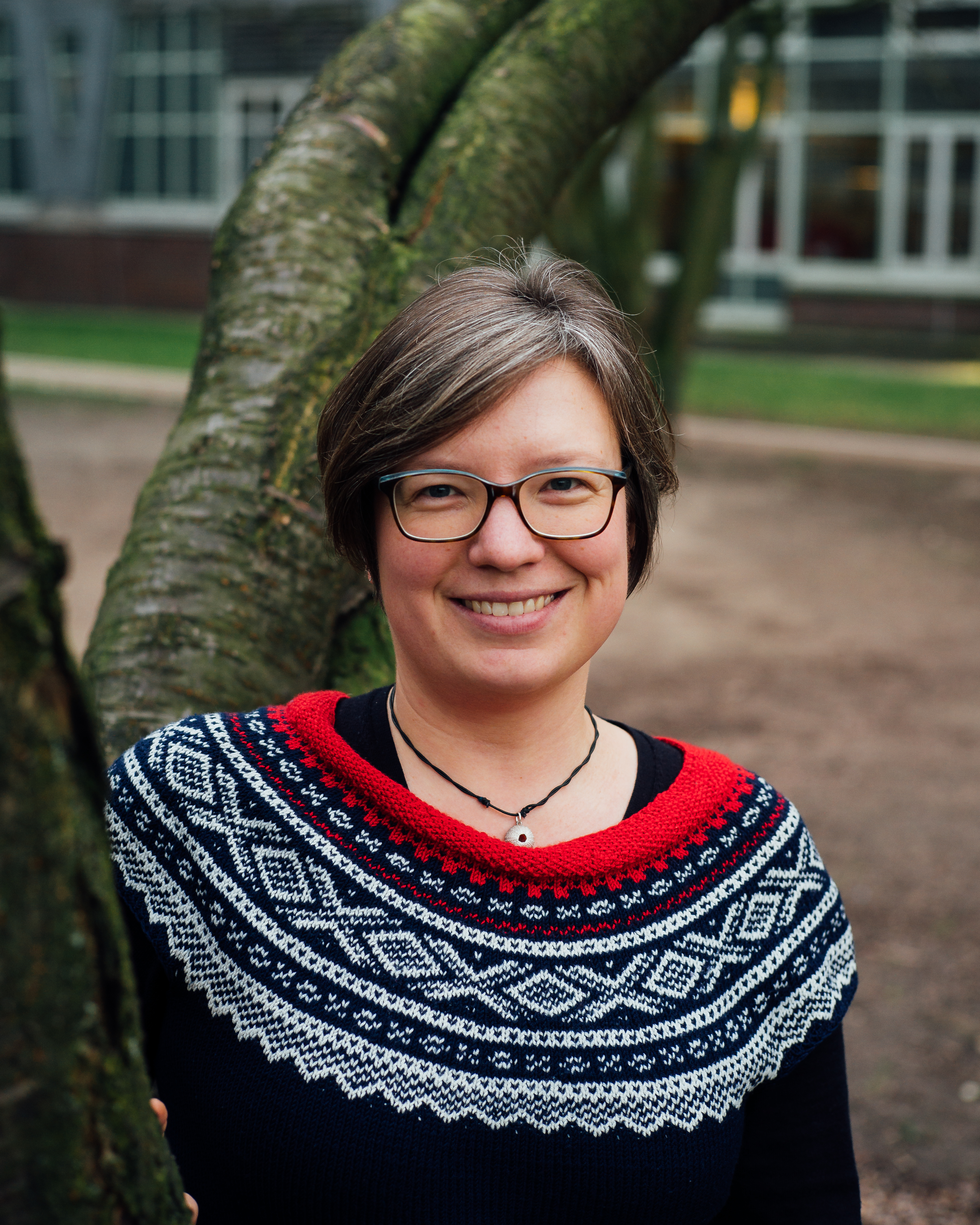
Mirjam Glessmer (oceanographer and science communicator)
Mirjam introduced #KitchenOceanography in her oceanography classes
back in 2011 as a way to give students the opportunity to see
phenomena right in front of them instead of only describing them
mathematically, and to help them practice observational, discussion
and lab skills, using only materials that are available in most
kitchens. Discovering the DIYnamics rotating tables meant that
students could now even manipulate and observe the influence of
rotation on large-scale ocean circulation, which Mirjam has introduced
in Dynamics of the Atmosphere and Ocean classes in both Kiel (Germany)
and Bergen (Norway). Link to Mirjam’s website
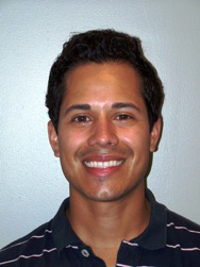
Alex Gonzalez (Assistant Professor, Dept. of Geological and
Atmospheric Sciences, Iowa State University)
Alex joined the
DIYnamics project in September 2019. He loves using rotating tanks in
the fluid dynamics classes he teaches at ISU. His goal is to
transition to placing more focus on applications rather than theory in
his classes. He is excited about using the DIYnamics’ rotating tanks
in outreach activities to inspire a new generation of scientists,
especially those from underrepresented STEM groups. Link to Alex’s
ISU Research Group webpage
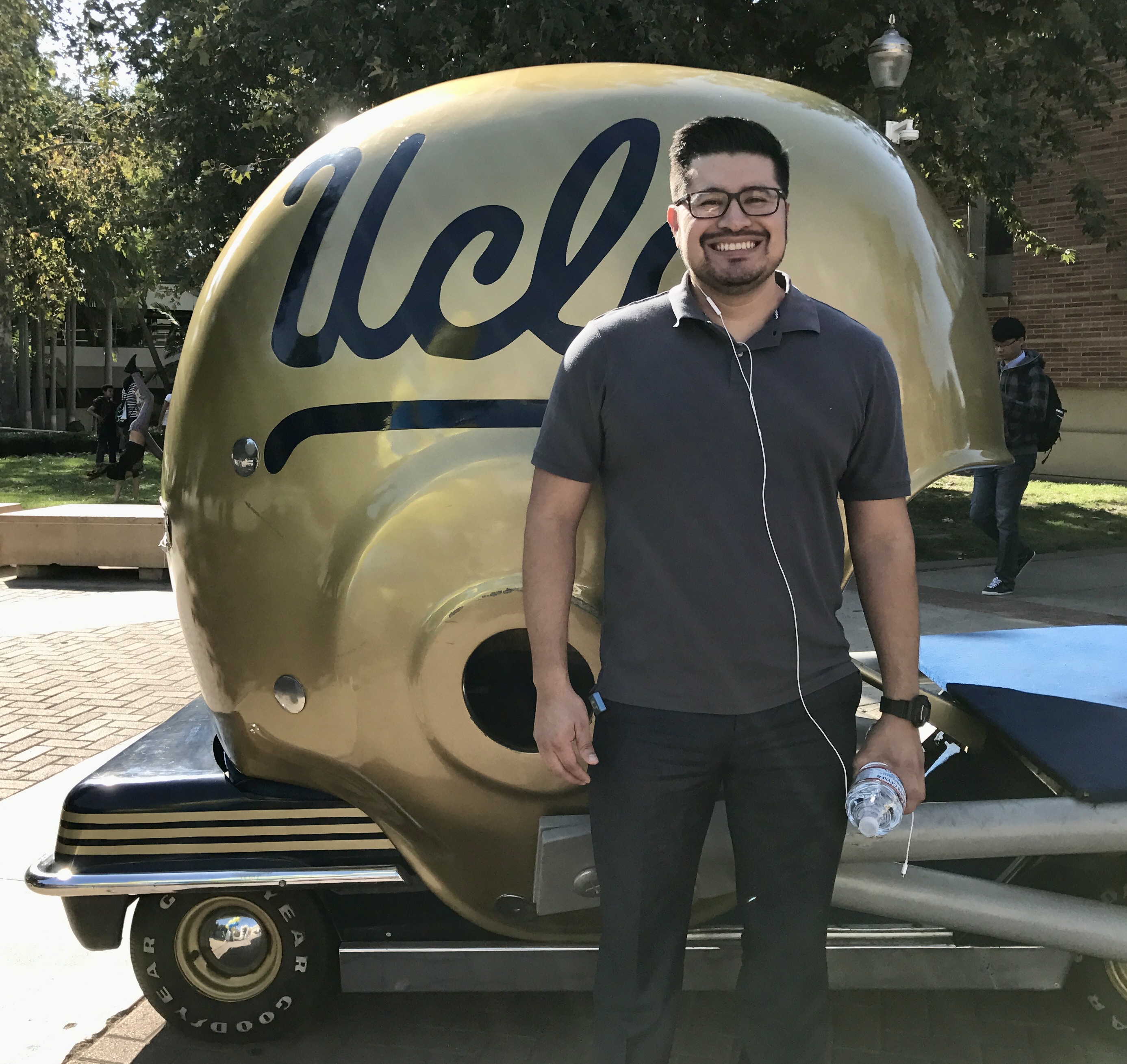
Henry Gonzalez (SPINLab Project Manager, UCLA Dept. of Earth,
Planetary, and Space Sciences)
Henry Gonzalez is currently serving as
the SPINLab Project Manager and Space Magnetism Lab Manager,
developing/coordinating everything from spacecraft instruments to
geophysical fluid dynamics experiments. His extensive knowledge in
prototyping has paved the way to new modeling systems for
understanding the interiors and atmospheres of planets. Furthermore,
he is working on the Henry III (H3) Model which will be a portable
geoshysical system that will be used for classroom teaching of
advanced concepts as well as outreach at public events and interactive
K-12 STEM demonstrations.
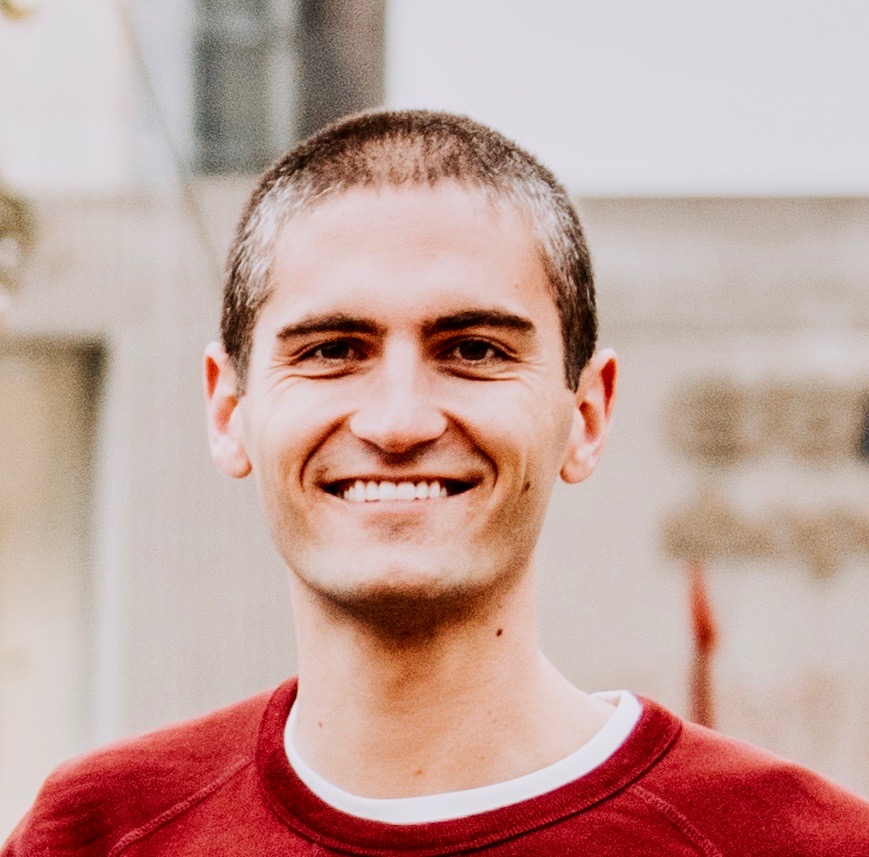
Spencer Hill (Assistant Professor, Dept. of Earth and Atmospheric
Sciences, City College of New York)
Along with Juan Lora and Jon
Aurnou, Spencer co-founded DIYnamics and previously served as
co-director. Spencer loves using rotating tanks to teach core science
concepts, and his dream is to put a DIYnamics rotating tank kit in
every science classroom in the country. Link to Spencer’s webpage
Norris Khoo (Undergraduate, UCLA Dept. of Earth, Planetary, and
Space Sciences)
As part of his undergraduate research at UCLA,
Norris developed the LEGO-Based Tables for the DIYnamics
Project. His research was supported in part by the Straus Family Fund
for Undergraduate Opportunity.
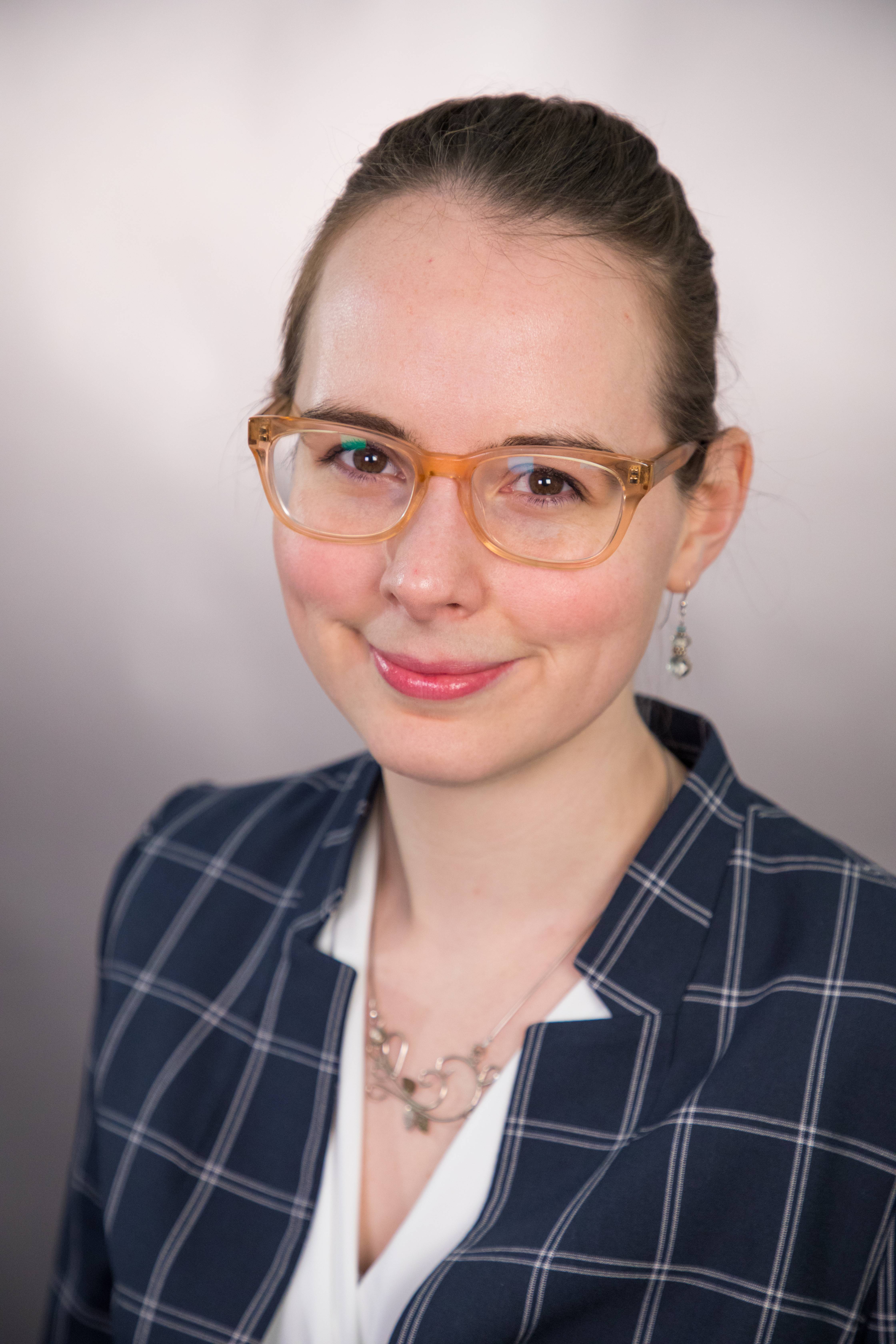
Marianna Linz (Assistant Professor in the Department of Earth and
Planetary Sciences and the School of Engineering and Applied Sciences,
Harvard University)
Marianna is an atmospheric dynamicist and
physical oceanographer. Her research focuses on large-scale
geophysical fluid dynamics and transport. Current work in her group
includes quantifying the stratospheric circulation from satellite
data, explaining the detailed shape of midlatitude temperature
distributions, and most recently, environmental effects on
transmission of SARS-CoV-2. Marianna got her PhD from the
Massachusetts Institute of Technology-Woods Hole Oceanographic
Institution Joint Program in Physical Oceanography and was a
postdoctoral research fellow at UCLA in Atmospheric and Oceanic
Sciences. She is passionate about
teaching
and outreach, and wrote a
children’s picture book about climate
change.

Taylor Lonner (UCLA Geophysics-Astrophysics dual B.Sci. 2020)
Taylor specializes in the design and production of many of the
rotating tank systems used by the DIYnamics team. Working with the
engineers at MiniTec (www.minitecframing.com), she designs systems
that can be ordered in sets and assembled by universities and
institutions without requiring additional machining or power tools.
This work is essential to the DIYnamics project’s main goal of making
fluid dynamics experiments accessible and affordable in classrooms and
lecture halls around the world.
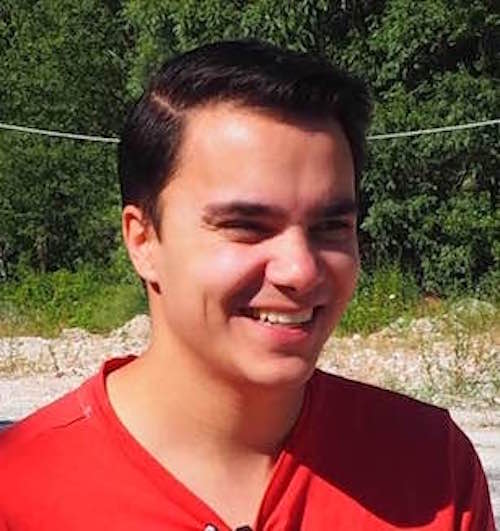
Juan Lora (Assistant Professor, Yale University, Department of
Earth & Planetary Sciences)
Juan co-founded DIYnamics along with
Jon Aurnou and Spencer Hill, served as DIYnamics co-directer for
multiple years, and remains actively involved in DIYnamics today.
Juan is interested in using science demos to illustrate abstract
physical phenomena in tangible and exciting ways, and to bring the joy
of science to non-scientists and students of all backgrounds (and
maybe help inspire a few future scientists). Link to Juan’s webpage
DIYrotate
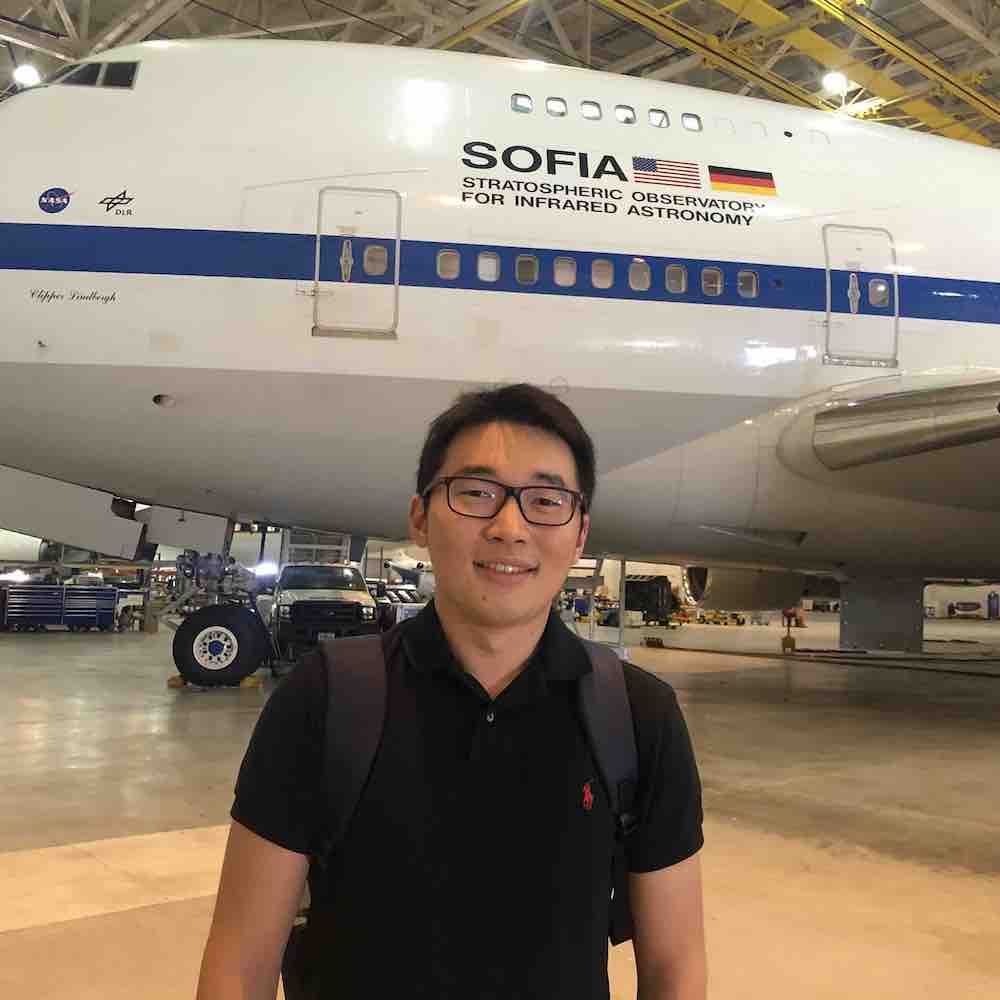
Alex Chen (Undergraduate, UCLA Deptartment of Computer Science)
Alex developed the third generation of DigiPyRo, with emphasis on speed and
accessibility. His work allows students to play with rotating reference frames
and gain intuition for the Coriolis force by simply visiting a website.
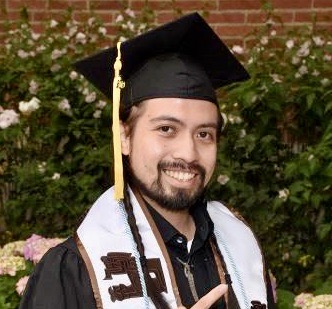
David (DJ) James (PhD student, UCLA Department of Earth,
Planetary, and Space Sciences)
DJ has reanimated the DigiPyRo (now diyrotate) Python script to work in Python 3. This script
digitally rotates a movie around a selected axis point. This allows
students to experiment with the Coriolis acceleration by selecting
their own digitally rotating reference frame, and is proving to be an
excellent tool for a number of different DIYnamics exercises. He is
starting his PhD work with Prof. Lars Stixrude at UCLA in the fall of 2020.
Alumni
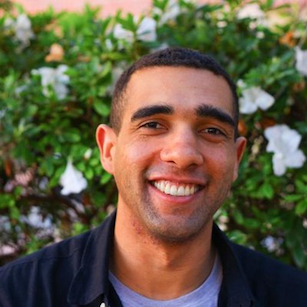
Sean Faulk (Student, David Geffen School of Medicine,
UCLA)
Sean helped write the lab instructions and organize the first
outreach trips for the DIYnamics project. As a Ph.D. student in the
UCLA Dept. of Earth, Planetary, and Space Sciences, he studied
climates on other planets and moons, most of all Saturn’s moon Titan.
And he loved going out to schools to play with rotating tanks and help
students learn about planetary atmospheres! After finishing his
Ph.D. in 2018, Dr. Faulk made the leap from outer space to human
bodies, as he is now pursuing his M.D. as a medical student at the
UCLA Medical School.
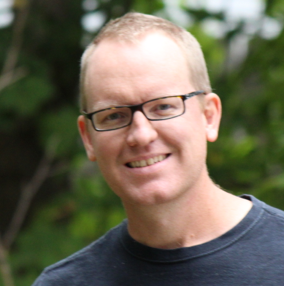
Jonathan Mitchell (Associate Professor, UCLA Dept. of Earth, Planetary,
and Space Sciences and Dept. of Atmospheric and Oceanic
Sciences)
Jonathan has been using rotating tanks for years and
helped Juan and Sean get started with them. He also has incorporated
the DIYnamics tables into multiple classes he has taught, both at the
undergraduate and graduate levels. Link to
Jonathan’s webpage
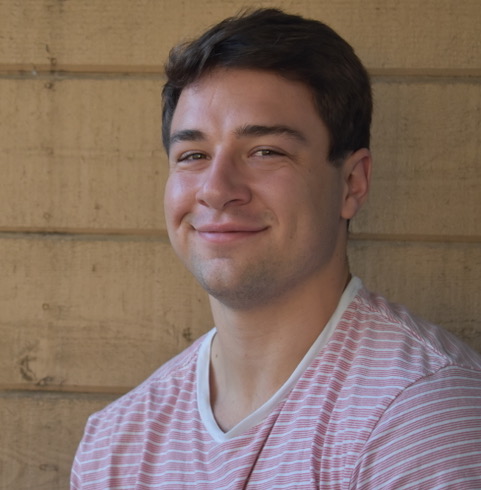
Samuel May (University of California, San Diego)
Sam
developed the V1 DigiPyRo (now DIYrotate) software. This digital
rotation software helps students gain intuition for the Coriolis force
through digitally transformed rotating reference frames. DIYrotate
site.
Raul Reyes (Undergraduate, UCLA Dept. of Earth, Planetary, and
Space Sciences)
Raul created the original baroclinic
eddies video under
Juan’s guidance.
Event Volunteers and DIYnamics users
Ultimately, the core team members are just the tip of the DIYnamics iceburg! What matters most is how much the DIYnamics materials get used “in the wild” by teachers, students, and science communicators, in classrooms, exhibits, public events, and on and on.
Check out our blog for posts on various events that the Core Team and other groups have put on using the DIYnamics materials. Those posts provide shout outs to the main people involved and supporting cast for each one.
Are you using DIYnamics in your class or science outreach event? We would love for you to guest-author a Field Report post on it! It can be as short as a couple paragraphs or as long as you wish. The more pictures the better, and we can even include videos by uploading them to our YouTube page and embedding them within the post. Just shoot us a message at diynamicsteam@gmail.com and we’ll work with you to get it posted!
